Blog
Sleep Apnea Treatment: Hidden Signs Dentists Spot
July 16, 2025 / DENTISTRY
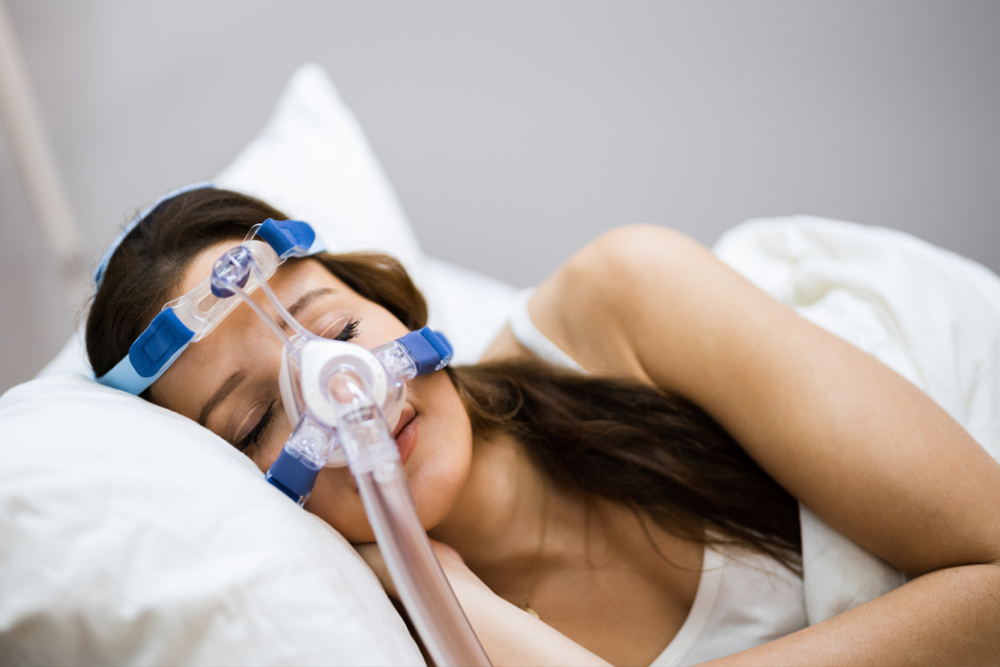
Dental Insights from Routine Check-Ups
As a Canadian dentist, I've discovered that some of the most important health insights come from what we observe during routine dental examinations. At Downtown Whitby Dentistry, we've identified numerous cases requiring sleep apnea treatment simply by recognizing subtle oral signs that patients and even physicians might miss. Today, I'll share how dental professionals play a crucial role in early detection and sleep apnea treatment pathways.
Many patients are surprised to learn that their dentist can identify potential sleep disorders during regular check-ups. However, the mouth reveals countless clues about overall health, including signs that may indicate the need for sleep apnea treatment. Furthermore, early detection through dental examination can lead to faster diagnosis and more effective treatment outcomes.
How Dentists Identify Sleep Apnea Treatment Needs
Oral anatomy and clinical awareness
Sleep apnea affects millions of Canadians, yet many cases remain undiagnosed for years. This condition involves repeated breathing interruptions during sleep, leading to poor sleep quality and serious health complications. Consequently, the body's attempts to maintain breathing create specific oral manifestations that trained dental professionals can recognize.
The relationship between oral anatomy and sleep apnea treatment is complex and multifaceted. Structural abnormalities in the mouth, throat, and jaw can contribute to airway obstruction during sleep. Additionally, the chronic effects of sleep apnea create distinctive wear patterns and tissue changes that become evident during dental examinations.
Moreover, dentists are uniquely positioned to identify these signs because we examine the oral cavity in detail during routine visits. This regular contact allows us to notice gradual changes that might indicate developing sleep disorders. Therefore, dental professionals often serve as the first healthcare providers to suggest sleep apnea treatment evaluation.
Worn Teeth: Primary Indicator for Sleep Apnea Treatment
Grinding as a protective response
Excessive tooth wear represents one of the most common signs that prompt sleep apnea treatment referrals. Patients with sleep apnea frequently grind or clench their teeth during sleep episodes, creating distinctive wear patterns. These patterns differ significantly from normal aging or dietary wear, making them relatively easy to identify.
The grinding associated with sleep apnea occurs as the body attempts to reopen blocked airways. This protective mechanism causes intense muscle contractions that result in severe tooth wear. Furthermore, the wear patterns often affect multiple teeth simultaneously, creating a characteristic appearance that experienced dentists recognize immediately.
Additionally, patients requiring sleep apnea treatment may show signs of fractured teeth or failed dental restorations. The excessive forces generated during sleep-related grinding can damage even healthy teeth and well-made dental work. Therefore, unexplained dental damage often prompts further investigation into potential sleep disorders.
Tongue Scalloping and Sleep Apnea Treatment Connection
Chronic pressure as an airway signal
Tongue scalloping, where the tongue edges show indentations from pressing against teeth, is another significant indicator for potential sleep apnea treatment. This condition develops when patients unconsciously push their tongues forward during sleep to help maintain open airways. The chronic pressure creates distinctive scalloped edges along the tongue borders.
The presence of tongue scalloping often correlates with sleep apnea severity and treatment urgency. Patients with more pronounced scalloping typically experience more frequent breathing interruptions during sleep. Consequently, this oral sign helps dental professionals assess the potential severity of sleep disorders and prioritize sleep apnea treatment referrals.
Furthermore, tongue scalloping may be accompanied by other oral signs such as tongue enlargement or unusual tongue positioning. These additional findings strengthen the case for sleep apnea treatment evaluation and help healthcare providers understand the underlying anatomical factors contributing to the condition.
Enlarged Tonsils and Sleep Apnea Treatment Evaluation
Airway obstruction in children and adults
During routine dental examinations, we frequently observe enlarged tonsils that may contribute to sleep apnea. While tonsil enlargement is common in children, adult patients with persistently enlarged tonsils may require sleep apnea treatment evaluation. The enlarged tissue can significantly narrow the airway, particularly during sleep when muscle tone decreases.
The assessment of tonsil size requires careful evaluation of their impact on airway space. Patients with enlarged tonsils often show other compensatory changes in oral posture and breathing patterns. Additionally, these patients may report symptoms such as snoring, morning headaches, or daytime fatigue that support the need for sleep apnea treatment.
Moreover, the combination of enlarged tonsils with other oral findings creates a compelling case for sleep disorder evaluation. Dental professionals can identify these patterns and initiate appropriate referrals for comprehensive sleep apnea treatment assessment.
Additional Oral Signs Indicating Sleep Apnea Treatment Needs
Multiple oral clues create a bigger picture
Beyond the primary indicators, several other oral signs may suggest the need for sleep apnea treatment. A high, narrow palate can contribute to airway restriction and is often observed in patients with sleep disorders. Similarly, a small or receding jaw may indicate structural factors that predispose individuals to sleep apnea.
Dry mouth represents another common finding in patients requiring sleep apnea treatment. The frequent mouth breathing associated with sleep apnea reduces saliva production and creates an environment conducive to dental problems. Furthermore, chronic dry mouth can accelerate tooth decay and gum disease, creating additional oral health challenges.
Additionally, red or irritated throat tissues may indicate chronic mouth breathing or snoring associated with sleep apnea. These inflammatory changes, combined with other oral findings, help build a comprehensive picture that supports sleep apnea treatment referral.
Dental Professionals' Role in Sleep Apnea Treatment Pathways
From screening to therapy
Dentists serve as crucial gatekeepers in the sleep apnea treatment process. Our regular contact with patients and detailed oral examinations position us to identify potential sleep disorders before they're diagnosed elsewhere. Furthermore, we can initiate appropriate referrals and coordinate care with sleep medicine specialists.
The integration of sleep apnea screening into routine dental care represents an important advancement in healthcare delivery. At Downtown Whitby Dentistry, we've developed protocols for identifying at-risk patients and facilitating timely sleep apnea treatment evaluation. This proactive approach often leads to earlier diagnosis and better patient outcomes.
Moreover, dental professionals can provide certain types of sleep apnea treatment directly. Oral appliance therapy, which involves custom-fitted devices that help maintain open airways during sleep, represents an important treatment option that dentists can provide. This capability allows for comprehensive care coordination and improved treatment accessibility.
Initiating Sleep Apnea Treatment After Dental Detection
Collaboration drives success
When oral signs suggest potential sleep apnea, the next steps involve comprehensive evaluation and appropriate sleep apnea treatment planning. Dental professionals typically refer patients to sleep medicine specialists for formal sleep studies and diagnosis. However, we continue to play important roles throughout the treatment process.
The collaboration between dental and medical professionals ensures comprehensive sleep apnea treatment approaches. While sleep physicians diagnose and manage the medical aspects of sleep apnea, dentists can provide supportive treatments such as oral appliances or address related oral health issues.
Furthermore, ongoing dental care remains important throughout sleep apnea treatment. Regular monitoring of oral signs helps assess treatment effectiveness and identify any changes that might require treatment modifications. This collaborative approach optimizes patient outcomes and ensures comprehensive care.
Benefits of Early Sleep Apnea Treatment Detection
Faster care, better outcomes
Early detection of sleep apnea through dental examinations provides numerous advantages for patients. Prompt identification allows for faster treatment initiation, which can prevent the progression of serious health complications. Additionally, early sleep apnea treatment often results in better outcomes and improved quality of life.
The oral signs we observe during routine check-ups often provide the first clues about underlying sleep disorders. This early warning system allows patients to address sleep apnea before it significantly impacts their health. Moreover, dental detection of sleep apnea can prevent years of undiagnosed suffering and related health problems.
Furthermore, the accessibility of dental care makes it an ideal screening opportunity for sleep apnea treatment needs. Most people visit their dentist more frequently than other healthcare providers, creating regular opportunities for early detection and intervention.
Early detection of sleep apnea through routine dental examinations can significantly impact patient health and quality of life. The oral signs we observe during regular check-ups often provide the first clues about underlying sleep disorders. If you've noticed any of these signs or have concerns about sleep quality, contact Downtown Whitby Dentistry to discuss potential sleep apnea treatment options and appropriate next steps.
Archive

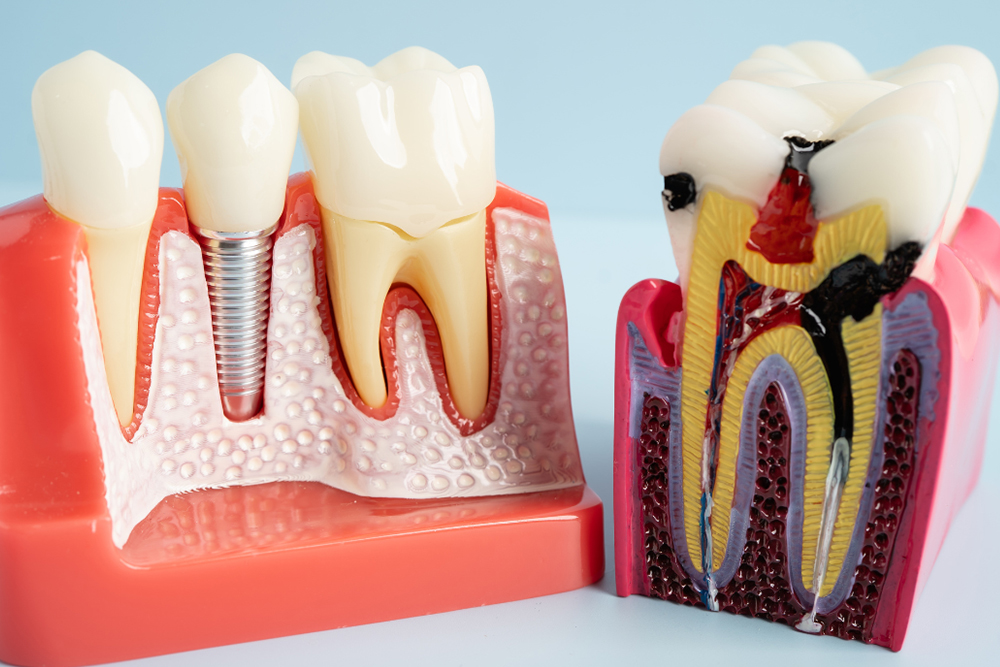
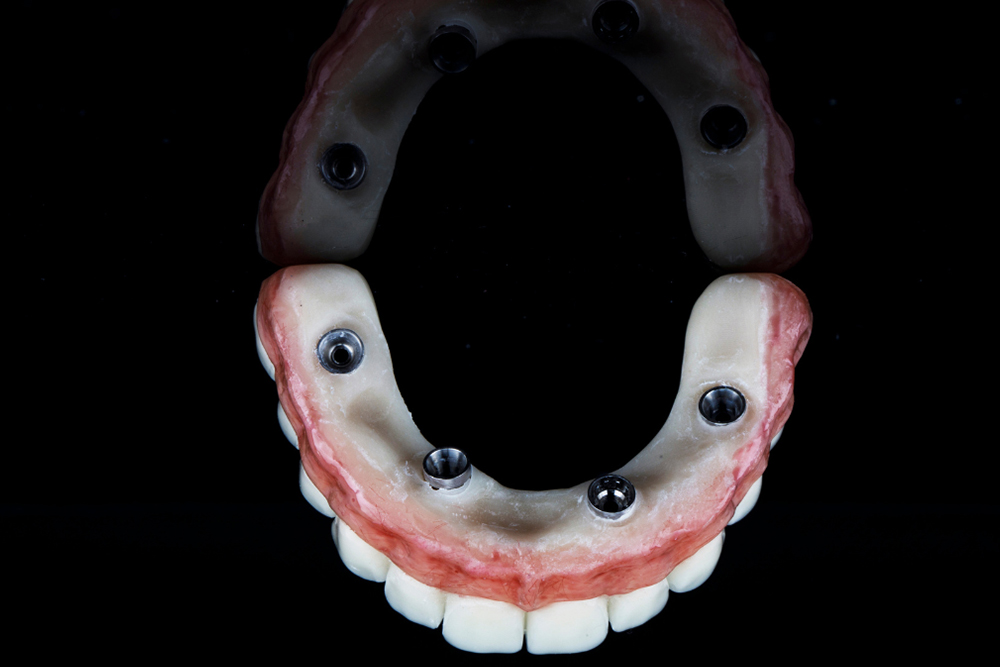
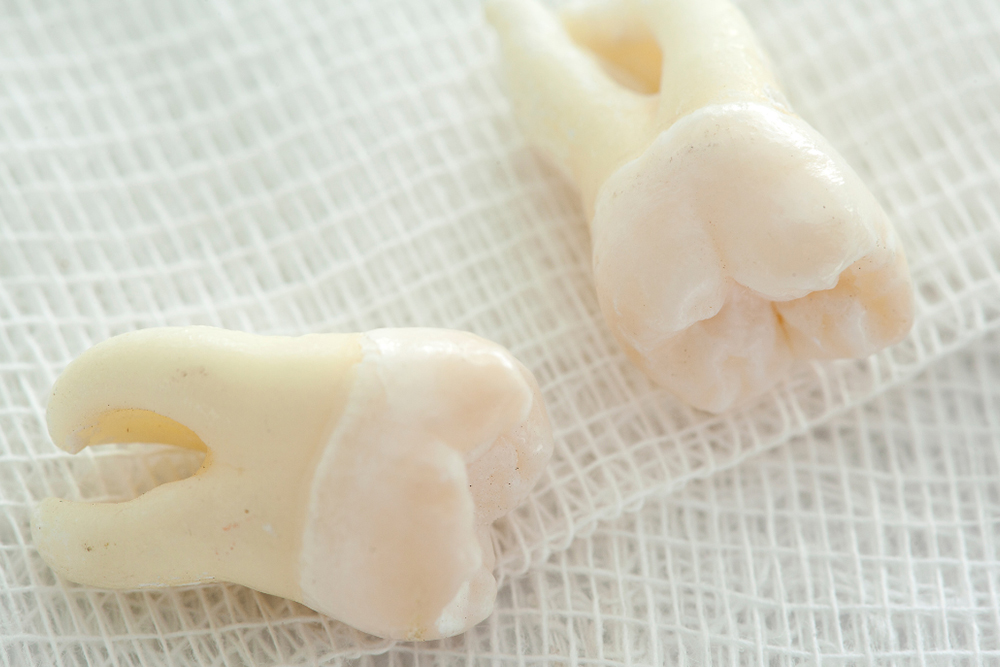
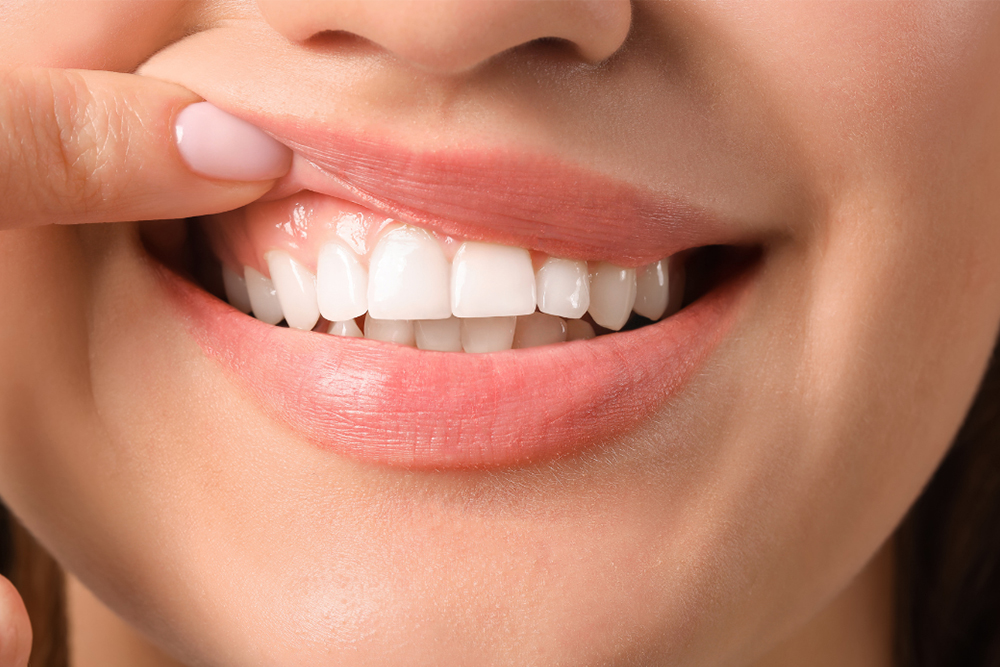

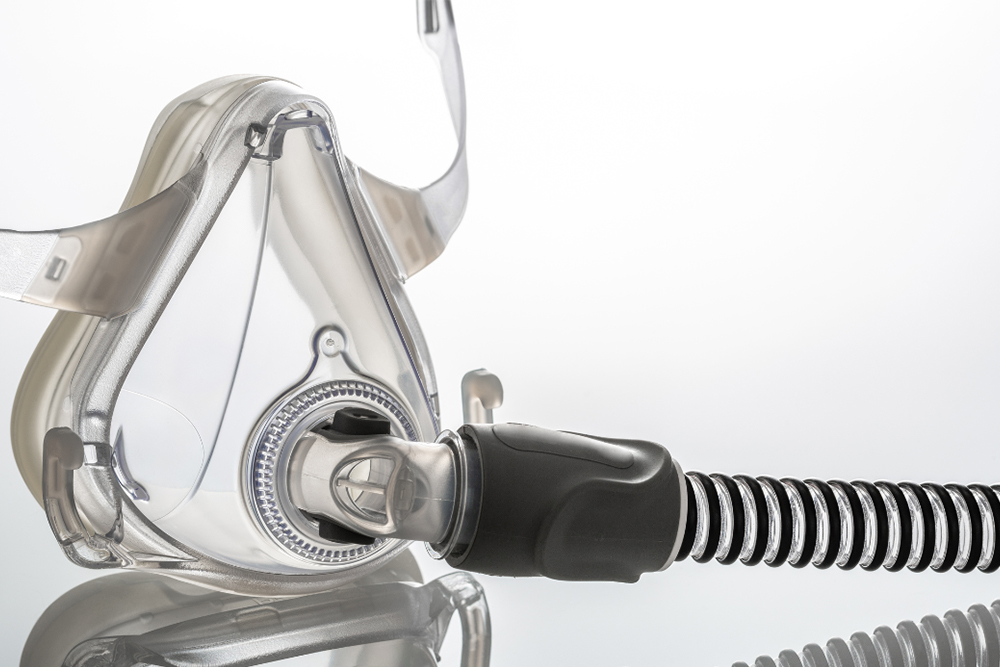

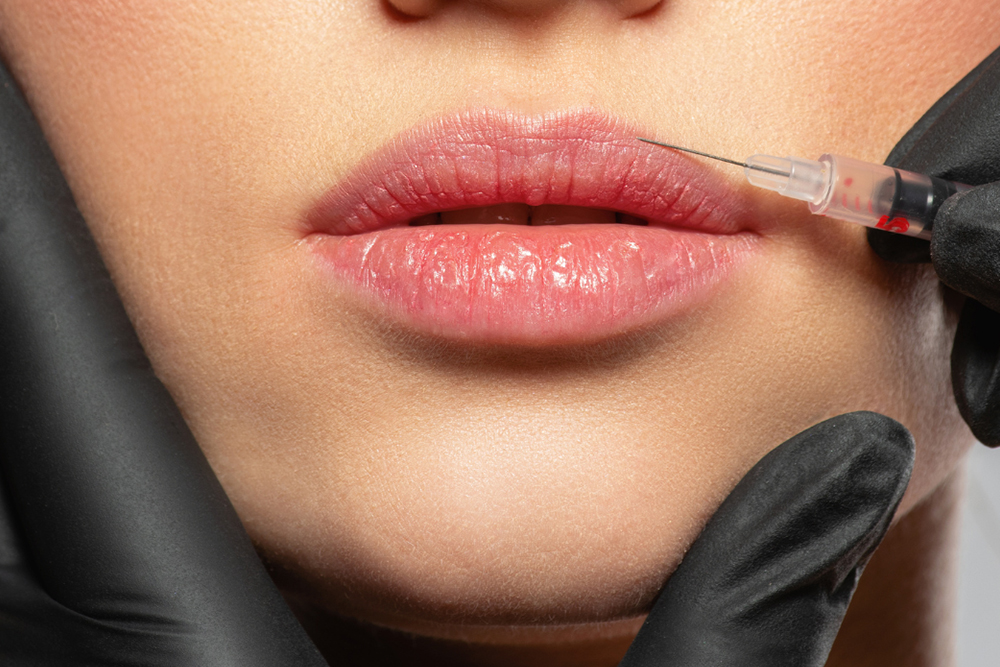
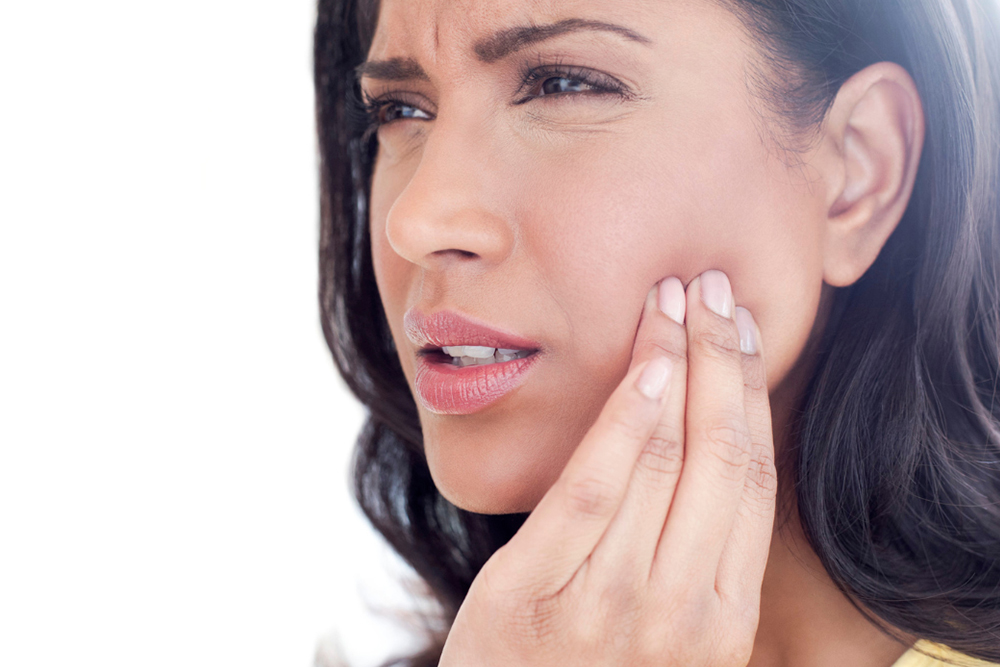
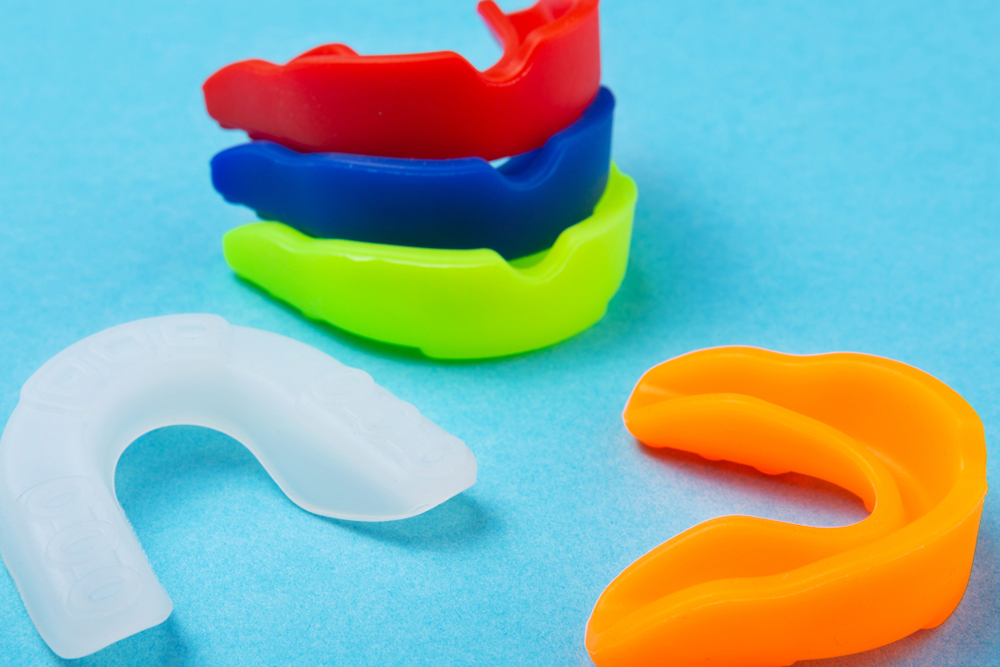

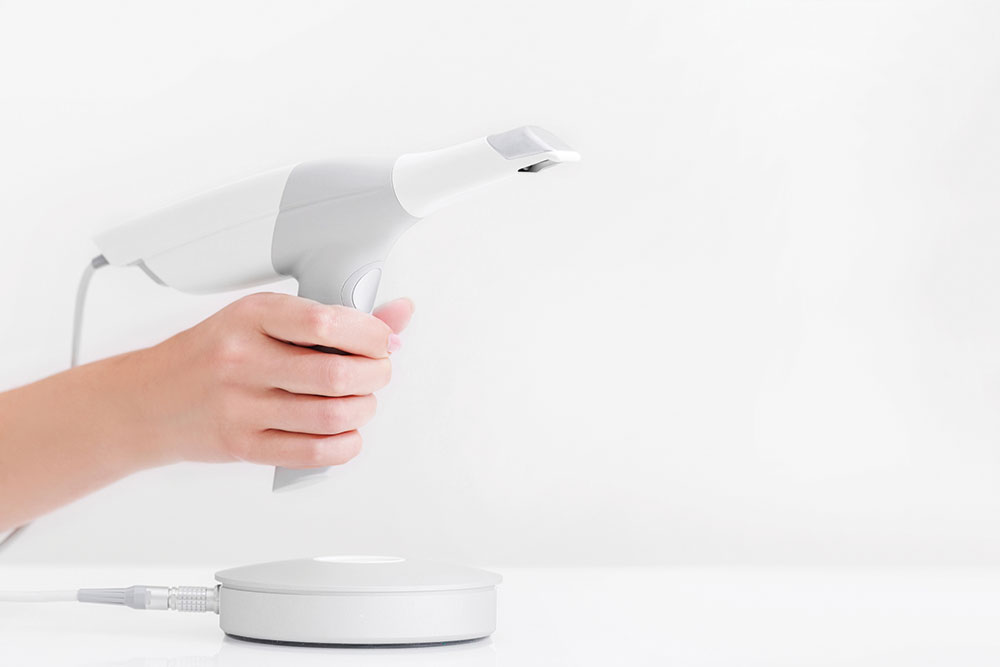




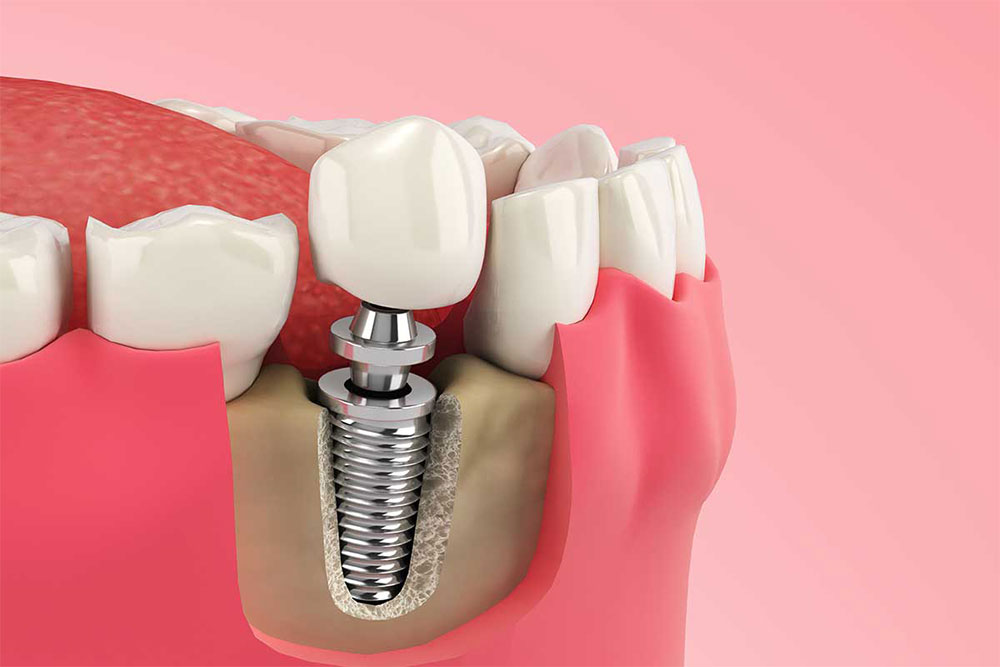
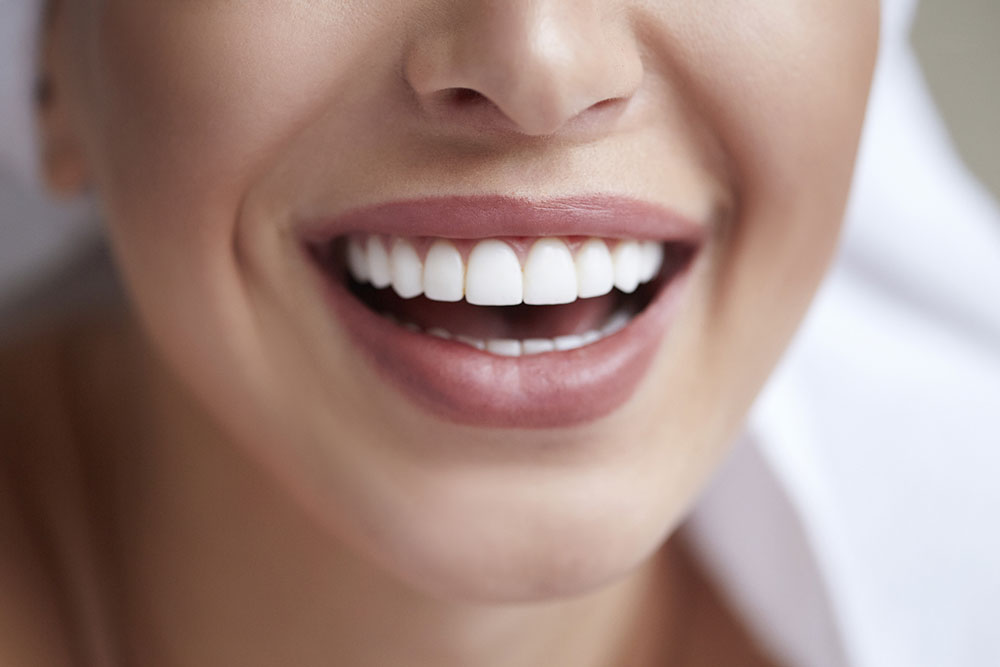


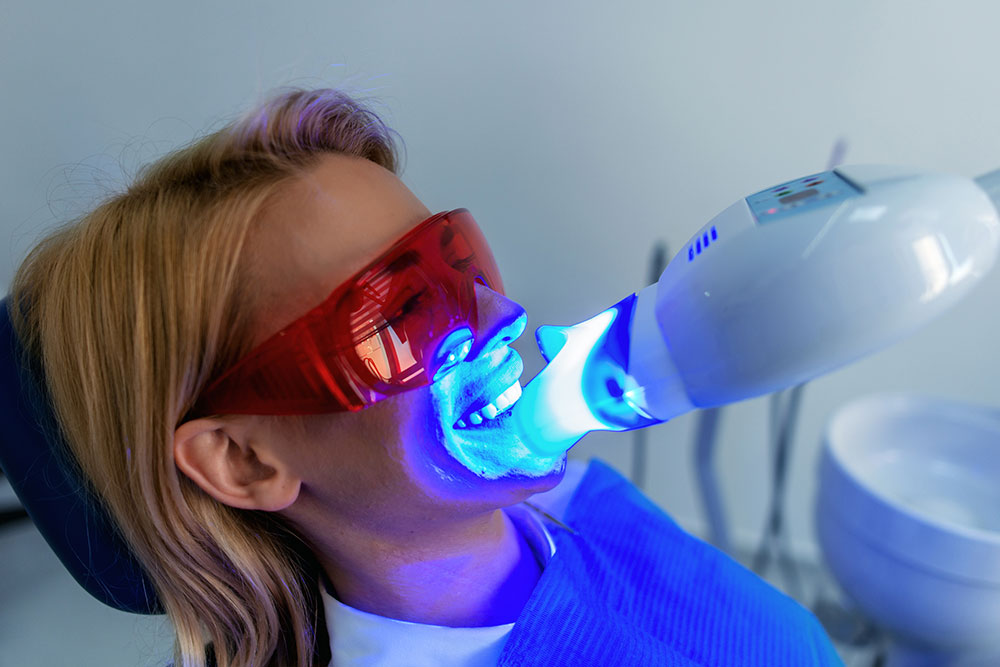



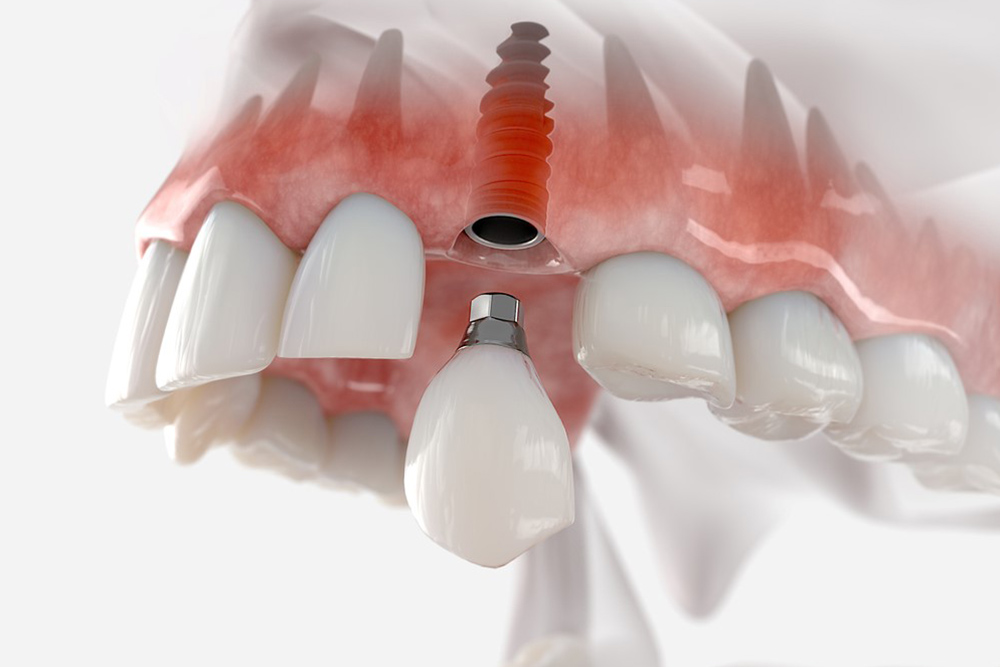
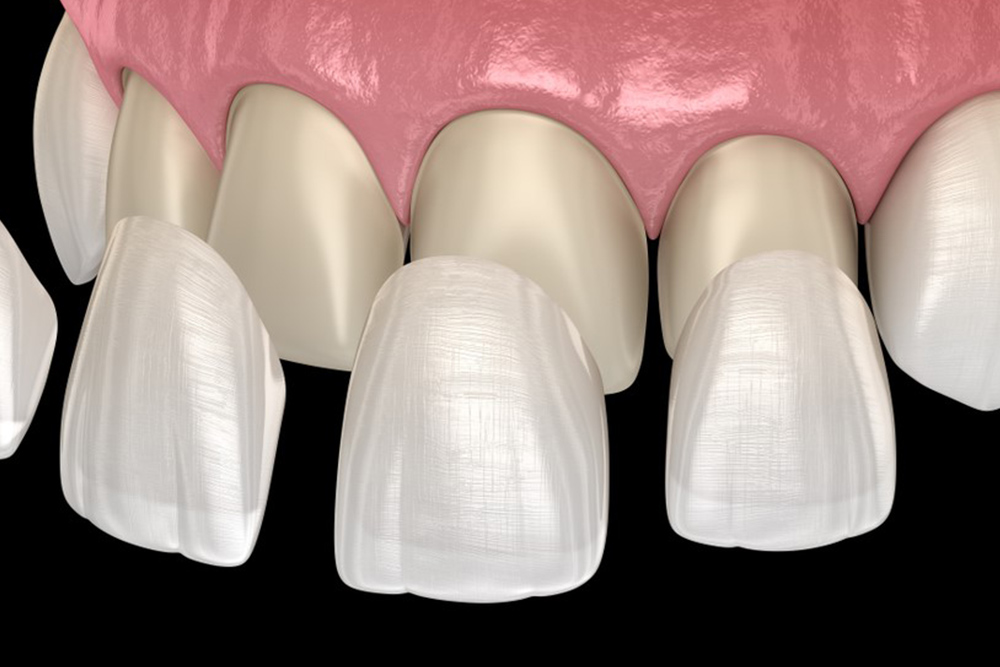
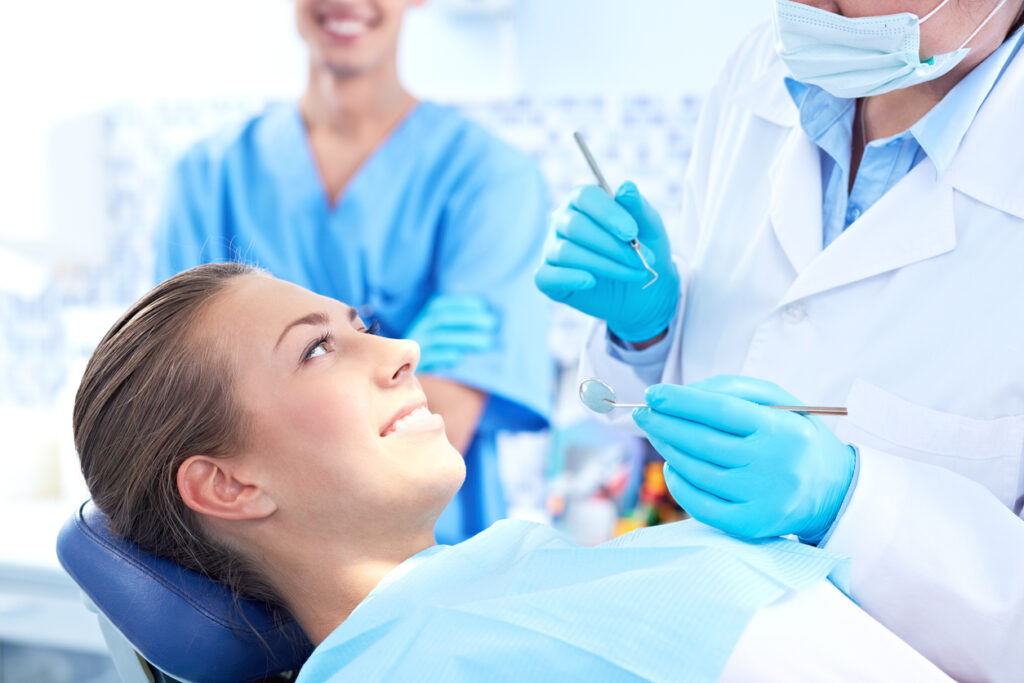
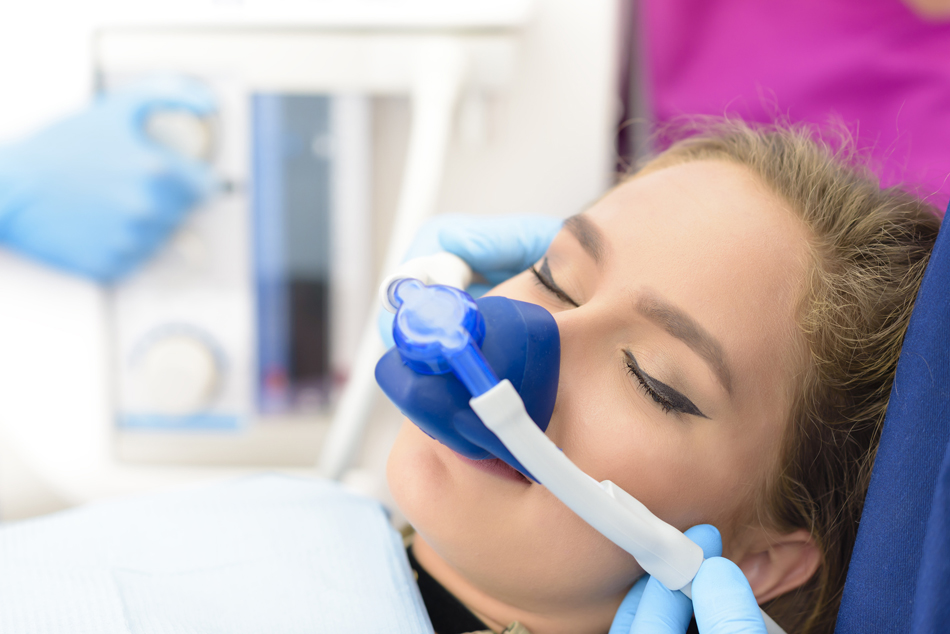


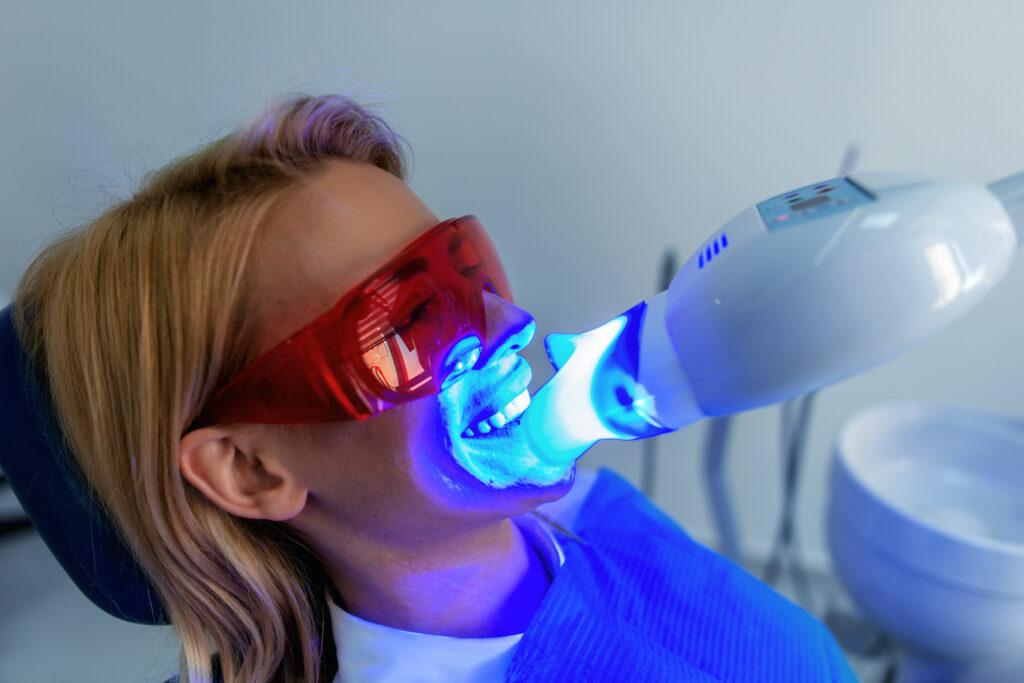
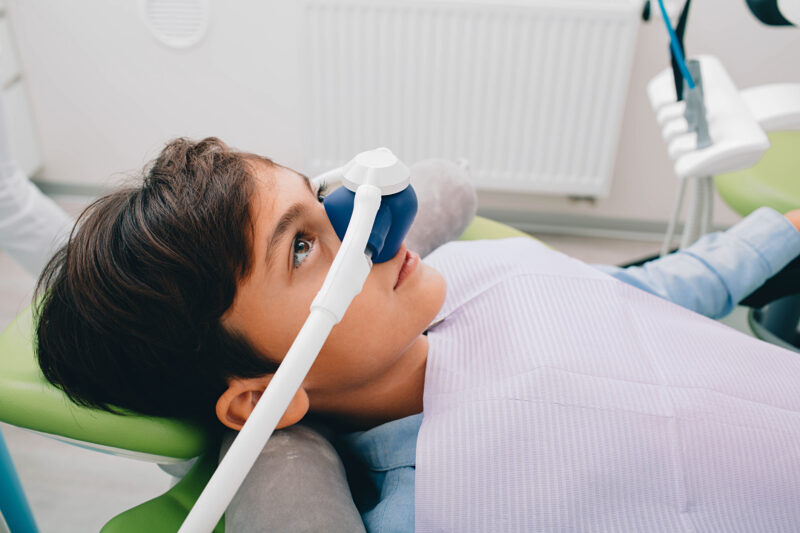
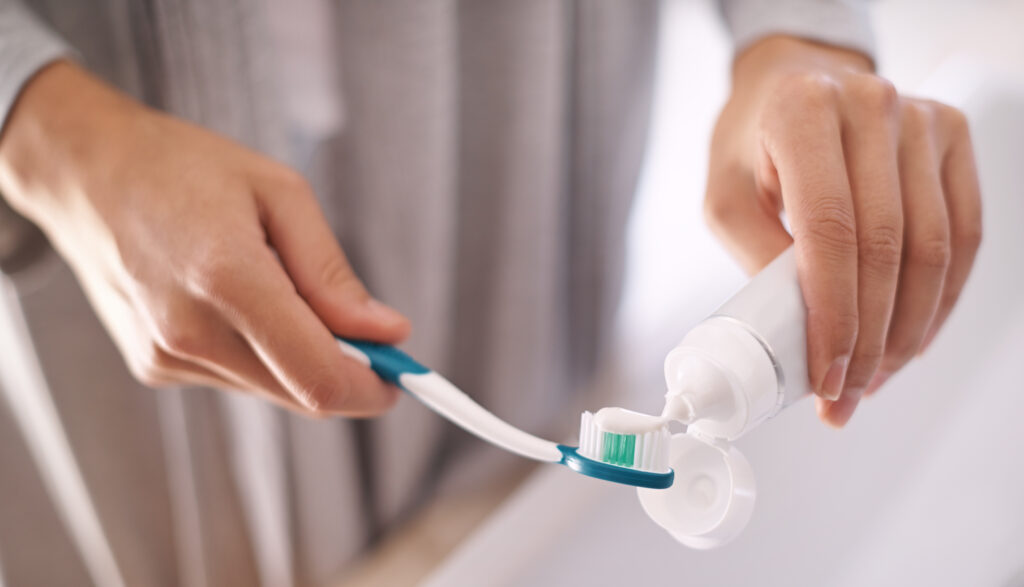
We Are Here to Help You
Whitby, ON, L1N 4M9
905-430-7045
905-430-7284
info@dwdentistry.ca




